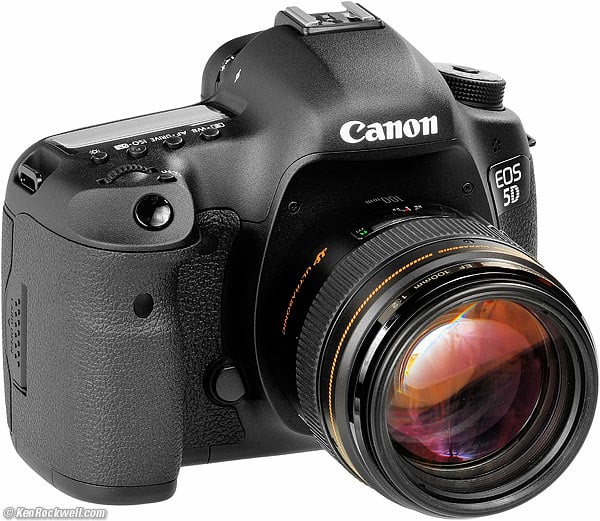

That's an improvement on the 30p offered by the EOS 6D, but we're sure some people will be scratching their heads trying to work out why 4K capture has been left off the EOS 6D Mark II – especially as this is an area where Canon has excelled at in the past.
#Eos 5d mark iii vs 6d mark ii movie
Staying with movie capture, Canon has opted not to include 4K capabilities on the EOS 6D Mark II, instead limiting it to Full HD with frame rates up to 60p. Designed to work with video but not stills, the system works in conjunction with the brand's IS-equipped lenses. The expected trio of connectivity options – Wi-Fi, NFC and Bluetooth – are available, with the latter being a low-energy connection, meaning you can always be connected to the camera and enabling the rapid remote transfer of images from your camera to a compatible smart device.Īlso on-board is Canon's five-axis digital image stabilization for hand-held video recording.

No longer sitting flush to the body as it did on the EOS 6D, the 3.0-inch vari-angle display can not only be pulled away from the body, it's also touch-sensitive. While the viewfinder may seem like a minor improvement, the rear display is quite a different story. The good news is that this stat has been improved on the EOS 6D Mark II – but only by 1%, to offer a coverage of 98%, so still not quite matching the likes of the D750's approximate 100% coverage. One of the compromises with the original EOS 6D was its 97% viewfinder coverage – that 3% shortfall may not sound like much, but stray elements can still creep into the edge of the frame if you're not careful, and you're likely to only notice these once you're reviewing your images on the rear display. While the latest DIGIC 8 has found its way into the likes of the EOS R and RP, it was the first time the DIGIC 7 engine has been used in a full-frame EOS DSLR until then it was only featured in some of Canon's recent APS-C DSLR bodies and PowerShot compact cameras.
#Eos 5d mark iii vs 6d mark ii iso
While these cameras may all share the same ISO ceiling, the EOS 6D Mark II boasts Canon's DIGIC 7 processing engine, which is capable of processing information some 14 times faster than the previous DIGIC 6 (the EOS 6D featured the DIGIC 5 engine), and should see it handling image noise better at higher sensitivities.


 0 kommentar(er)
0 kommentar(er)
